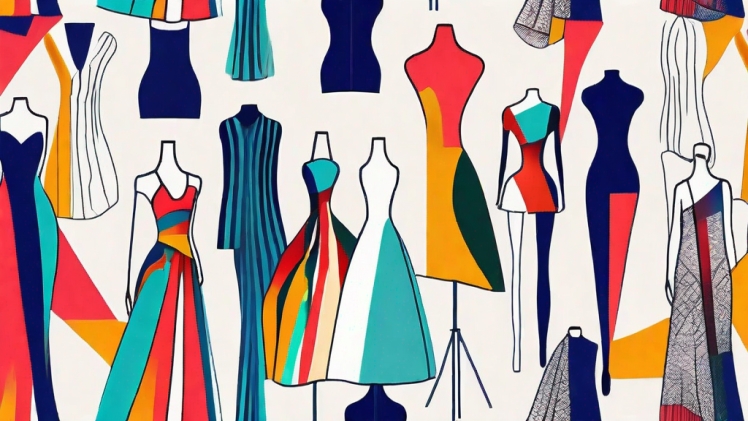Fashion is more than just clothing; it is a powerful form of self-expression, an art that shapes cultures, and a dynamic force that influences how we perceive ourselves and others. This article unravels the layers of fashion, exploring its intricate connection to identity, creativity, and societal evolution.
- Identity and Expression: Fashion is a canvas upon which individuals paint the portrait of their identity. The clothes we wear, the styles we embrace, and the accessories we choose become visual cues that communicate aspects of our personality, culture, and values. Whether through vibrant colors, avant-garde designs, or classic elegance, fashion allows us to express our unique identity to the world.
- Cultural Narratives: Fashion is an ever-evolving narrative that weaves together threads of cultural heritage, tradition, and contemporary influences. Traditional garments, indigenous patterns, and cultural symbols find new life on the runway, creating a dialogue between the past and the present. Fashion becomes a visual language that communicates the rich tapestry of diverse cultures.
- The Intersection of Art and Fashion: Fashion is a wearable art form that transcends mere functionality. Designers, like artists, use fabrics, textures, and silhouettes to create visual masterpieces. Fashion shows become galleries, runways transform into stages, and garments evolve into wearable sculptures. The intersection of art and fashion blurs boundaries, challenging conventional notions and expanding the realm of creative expression.
- Influence on Confidence and Self-Perception: The right outfit has the transformative power to boost confidence and positively impact self-perception. Fashion is not just about covering the body; it is about adorning it with pieces that evoke a sense of empowerment. The psychology of clothing highlights how what we wear can influence our mood, behavior, and the way we navigate the world.
- Sustainable Fashion Revolution: As awareness of environmental issues grows, so does the movement towards sustainable fashion. Designers and consumers alike are embracing eco-friendly materials, ethical production practices, and a circular approach to fashion. The industry is undergoing a transformative shift, acknowledging its role in environmental stewardship and social responsibility.
- Fashion as a Social Mirror: Fashion reflects the zeitgeist of a society. Trends emerge in response to cultural shifts, societal movements, and political climates. From the modest fashion movement to the gender-fluid revolution, fashion serves as a social mirror that captures the spirit of the times. Designers often channel their creativity to make statements on social issues, pushing boundaries and challenging norms.
- Digital Age and Virtual Fashion: The digital age has ushered in new dimensions for fashion. Virtual fashion shows, digital clothing, and augmented reality experiences are redefining the industry’s landscape. Social media platforms have become virtual runways, democratizing fashion and allowing for global participation in trendsetting and style evolution.
- Fashion as a Form of Empowerment: Fashion has the transformative power to empower individuals. Inclusive fashion movements celebrate diversity in body types, sizes, and ethnicities, challenging traditional beauty standards. The industry is witnessing a paradigm shift towards inclusivity, encouraging people to embrace their unique beauty and express themselves through fashion without constraints.
In conclusion, fashion transcends the mundane act of getting dressed; it is a dynamic and influential force that permeates every aspect of our lives. From the runway to the street, fashion shapes cultural narratives, empowers individuals, and reflects the ever-changing landscape of society. As we continue to engage with fashion, we contribute to a global dialogue of creativity, identity, and expression, celebrating the artistry that lies beyond fabric and threads.





